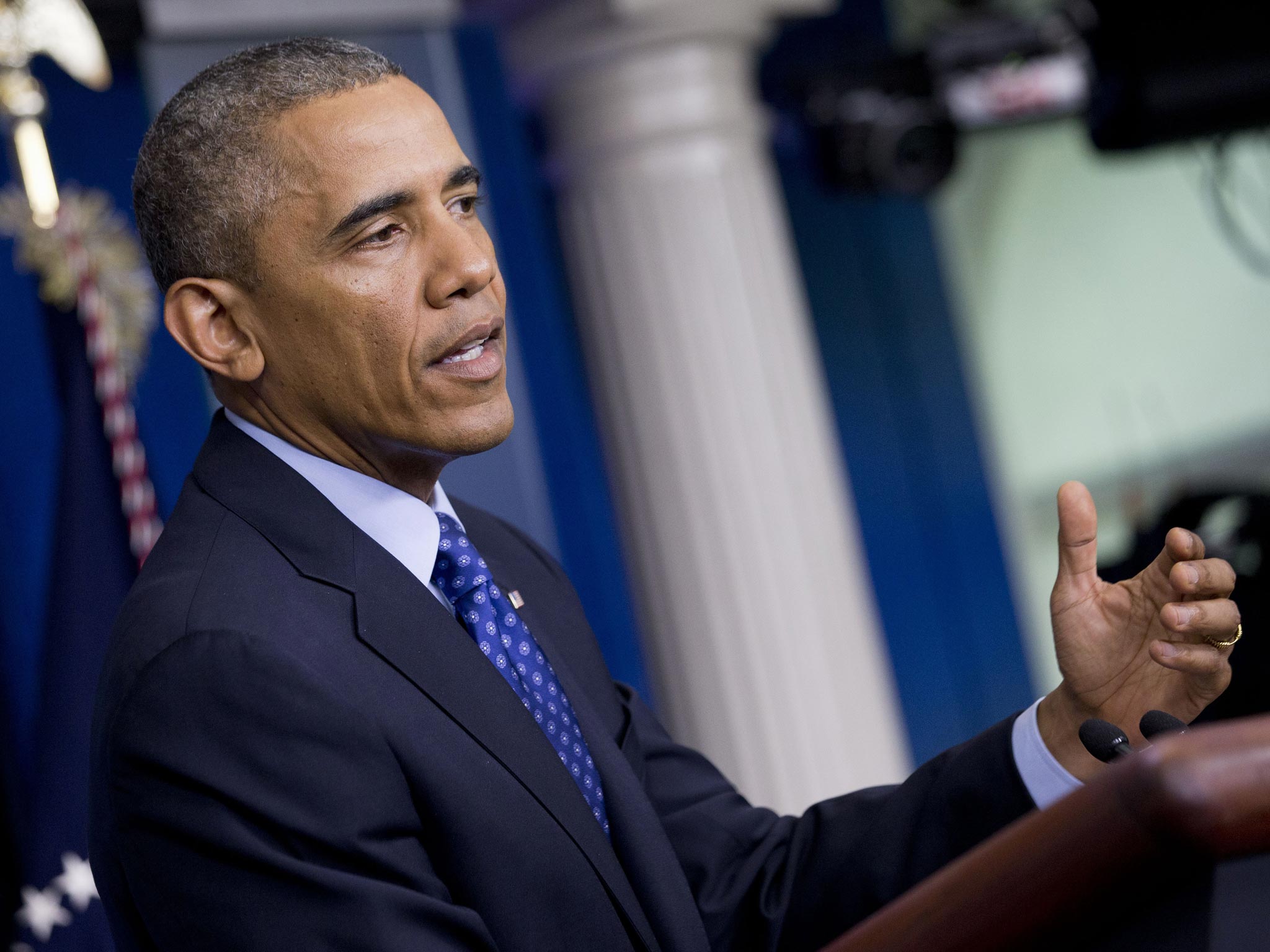Iraq crisis: US precision attacks will hurt the jihadists but they won’t defeat them


US air strikes aimed at stopping Isis from advancing on Baghdad or taking more territory would be very different from previous American air campaigns in Iraq in 1991, 2003 and during the guerrilla campaign against the US occupation between 2004 and the departure of US troops in 2011.
This time the US would be looking for vehicles carrying Isis fighters or for fighters moving on foot. Air strikes against them would be effective in breaking up ground attacks if these are directed by highly trained US forward air controllers operating on the front line. The US fought this sort of war in Afghanistan in 2001 when its air power operated on behalf of the anti-Taliban Northern Alliance. It was also successful in northern Iraq in 2003 when the US Air Force was supporting the Kurds advancing on Mosul and Kirkuk.
Air strikes of this type would very likely succeed in giving the Iraqi army and Shia militias the edge over the Sunni rebels in holding Baghdad. US intervention would help restore the battered morale of the army and the Shia in general. Air strikes would come in combination with two other factors already slowing the rebel advance: Isis is now entering mixed Sunni-Shia areas north of Baghdad and not Sunni-dominated cities like Mosul, Tikrit and Baiji where it is guaranteed local support. Second, Shia volunteers have been pouring into the army since Grand Ayatollah Ali al-Sistani and the Shia hierarchy issued a fatwa calling for volunteers. They are unlikely to run away as the regular army did in Mosul.
More ambitious use of air power by the US is likely to show diminishing returns because Isis leaders like Abu Bakr al-Baghdadi are careful to hide their movements. Few prisoners from Isis taken by the government say they have ever seen him and those that have say he often wears a mask. Isis commanders, believed in many cases to be well trained military professionals from Saddam Hussein’s security forces, are likely to be very careful not to expose themselves or their men to air attack.
The Isis offensive has turned into a Sunni uprising with many trucks full of young men from Sunni villages waving their rifles and taking little care to protect themselves. Killing many of these will only further anger the Sunni community. The US will also not want to appear as the saviour of Prime Minister Nouri al-Maliki who is detested in Sunni districts.

It is important to recall that much greater air power than is now available, notoriously failed to win the war in Iraq for the US from 2003 to 2011 when it had air bases all over the country along with 150,000 soldiers. The same is true of US air strikes in Afghanistan, which often turned out to have mistakenly targeted wedding parties and other social gatherings.
One important feature of US air intervention has not been mentioned. Isis is an efficient, experienced and fanatical movement with a reputation for striking back at any enemy. If its fighters start being killed by US aircraft, it may not be long before it sends its suicide bombers against American targets, inside or outside the US, to exact revenge.
Join our commenting forum
Join thought-provoking conversations, follow other Independent readers and see their replies
Comments
Bookmark popover
Removed from bookmarks